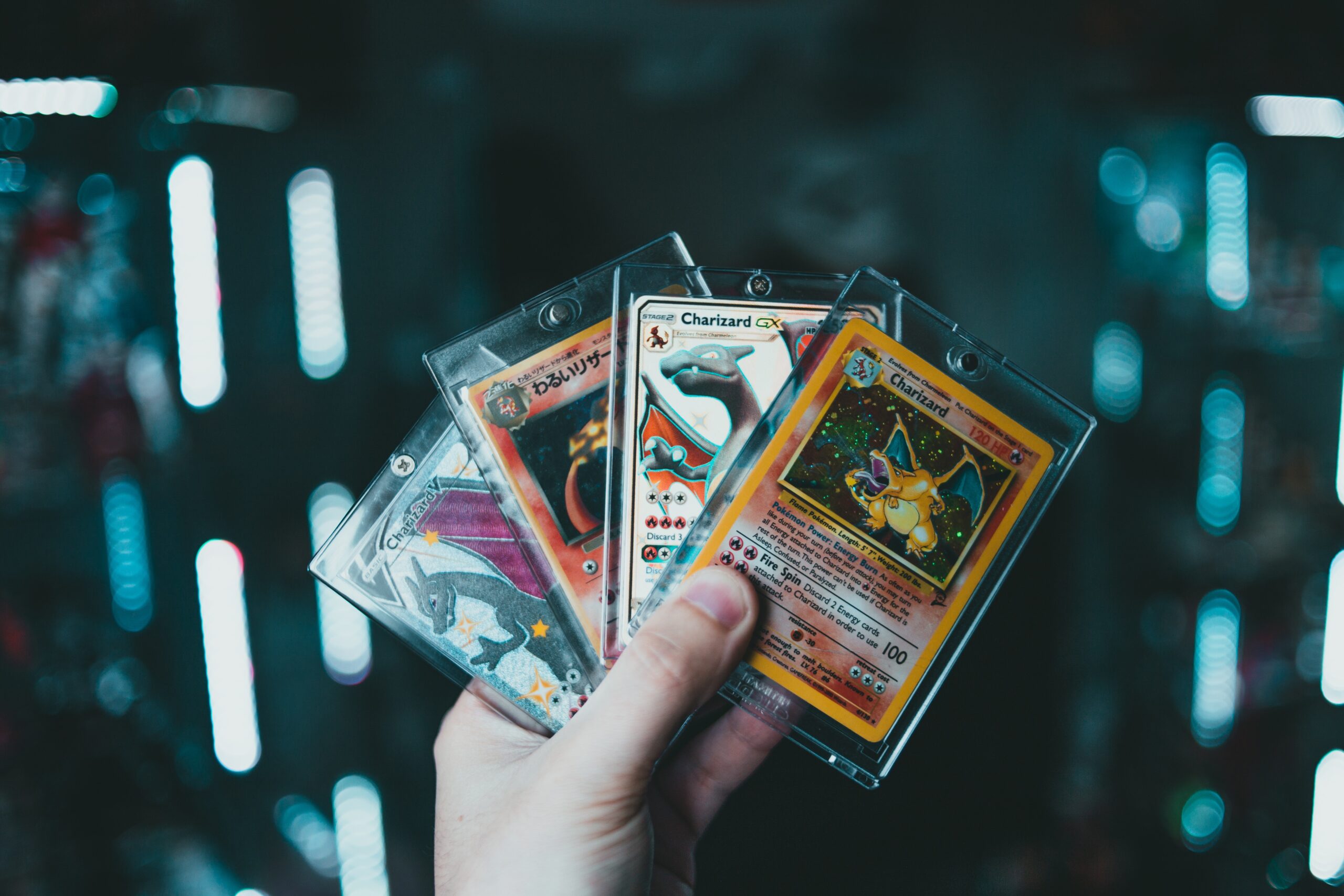Turning a profit on trading cards
The buzz around investing in collectibles has been on the rise.
Trusted sources have been quick to celebrate the earning-potential of this alternative investment. Guinness World Records recently validated a record-breaking $5.275 million US Pokémon card sale by YouTube personality Logan Paul.
In another recent account, a private investor paid$2 million US for a copy of Super Mario Bros. It was for the Nintendo Entertainment System.
An article published on Entrepreneur Media explains that collectibles are sure to increase in value. Additionally, the market is easy to navigate. These are bold claims, and the opposite may be true.
Do collectibles always increase in value?
Pokémon card scandals have been a new phenomenon. In a recent case, thieves stole$200,000 US worth of cards. In another, an investor used$57,000 US in government loans to purchase a single card. These scandals are a sign of the important demand for Pokémon cards.
Sneakers are another example of a soaring market. In fact, the shoe resale market was recently valued at$10 billion US.
Understandably, some people get excited about unique investing opportunities. It can be tied to a type of investing-specific fear of missing out (FOMO). Some investors are upset about having missed out on early opportunities to invest in cryptocurrency such as Facebook and Amazon. Collectibles can represent the same type of FOMO.
This FOMO has led to many collectible markets collapsing or never taking off. An example is the infamous Beanie Baby fever of the 1990s. Known as the “strangest speculative mania of all time,” most investors were left with nothing but an excessive amount of stuffed animals.
In a more niche market collapse, 2007 saw the sudden crash of the pu-erh tea market among tea collectors. In this market, driven by speculation, a normal pu-erh tea cake jumped from $760 to $4,190 in a year. Today, one can purchase the same tea cake blend for roughly $30.
Collectible investing does not always go up in value. What makes collectible investing risky is that the market is speculative. It is based on the moods of investors, rather than the actual value of an item.
Is the market easy to navigate?
The idea that the collectible market is simple to navigate may be partly true.
For example, the Black Lotus Magic: The Gathering card has slowly increased in value over time. There are many similar stories across the market. This is because collecting is based on the perceived value of objects. If collectors see the value as high, then it is.
In reality, most people can’t actually invest like this. These treasured collectible pieces are often too expensive for most people. So, even though the card increased in value, an investor needs $12,000 US to purchase it.
There may be an urge to compromise. An investor may not be able to purchase a $420,000 US Charizard Pokémon card. But they can purchase a different Charizard for cheaper. Maybe the returns won’t be as dramatic, but there will still be a return. This way of thinking is understandable but may be misguided.
When looking at the current Charizard market, the cards range in price from $0.25 US to $28,000 US. There are more than 30 collectible Charizards, all with different editions. The market is complex and requires niche expertise.
Additionally, the collectibles market has a problem with counterfeiting. From video games and sports memorabilia to wine, fake items are a common issue for collectors.
What’s the best way to invest in collectibles?
If collectibles are a risky investment and difficult to understand, what’s the best way to enter the market?
Becoming genuinely interested in having a collection is a good solution. By thinking of collectible items solely as a way to make money, an investor risks losing a lot of money. They also risk getting scammed. If an investor immerses themselfin a community and enjoys it, the risks and rewards will be easier to accept.
This advice is often given to wine collectors. When a wine collector buys a bottle of wine they do not enjoy, revenue loss is that much more painful. If an investor purchases bottles they enjoy drinking, at worst, they have a bottle of wine they like to drink.
The same advice can be applied to all collectibles. Otherwise, an investor risks losing both time and money.

Eliot Gilbert
Eliot is a journalist for Business Hub. His background is in English and creative writing at York University. When not writing, he studies medical laboratory science in Kingston, and enjoys hand spinning yarn, cooking, and gardening.

